5 Learning Strategies That Make Students Curious
Ambition precedes curiosity. Without wanting to change or grow, curiosity is simply a momentary neurological reaction to stimuli.

Ambition precedes curiosity. Without wanting to change or grow, curiosity is simply a momentary neurological reaction to stimuli.

Gamification can clarify not just success and failure but the nuance of student performance in every step of the learning process.

The need to be rational collides with the enormous complexity and scale of the circumstances teachers face.
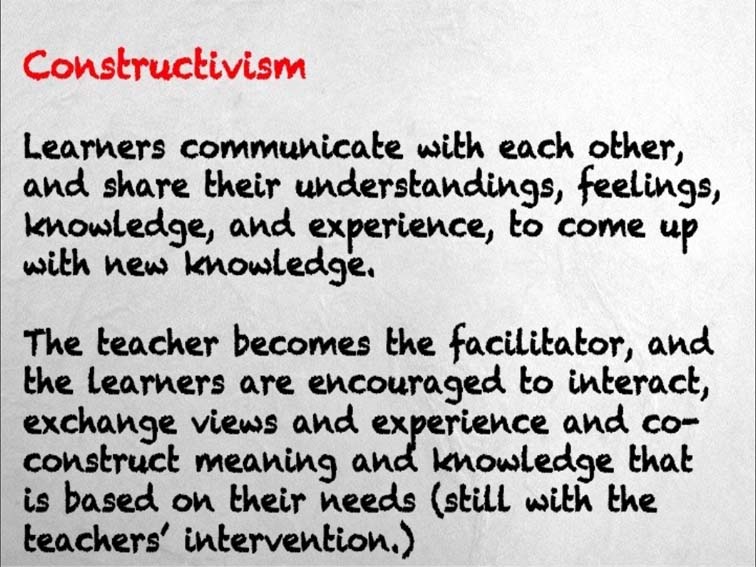
Connectivism is similar to constructivism. The difference lies in networks; rather than supplemental, they are primary sources.
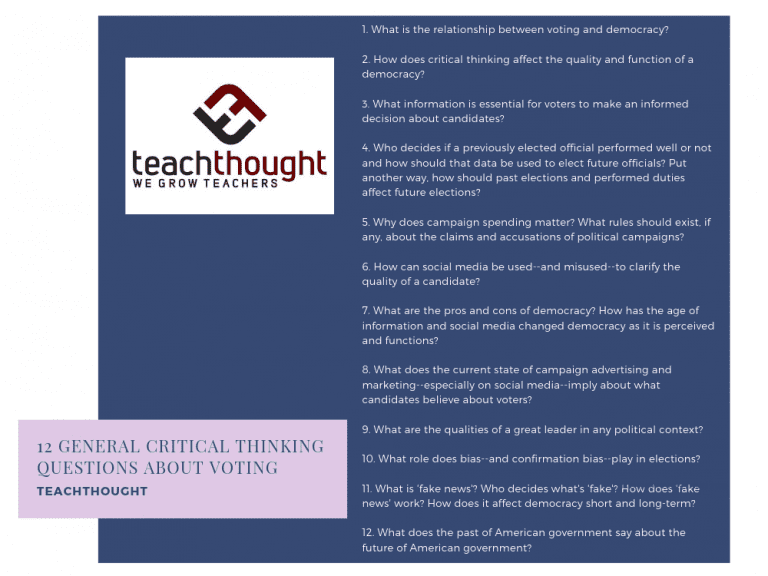
Critical Thinking Questions About Voting & Government by Terry Heick Note: This has been updates from a 2018 version Just a quick post that’s self-explanatory enough: It’s almost #ElectionDay! Some questions for student critical thinking: What is the relationship between voting and democracy? How does critical thinking affect the quality of a democracy? What information…

One student engagement strategy is to offer diverse pathways through content–pathways students would have to ‘unlock’ to progress.
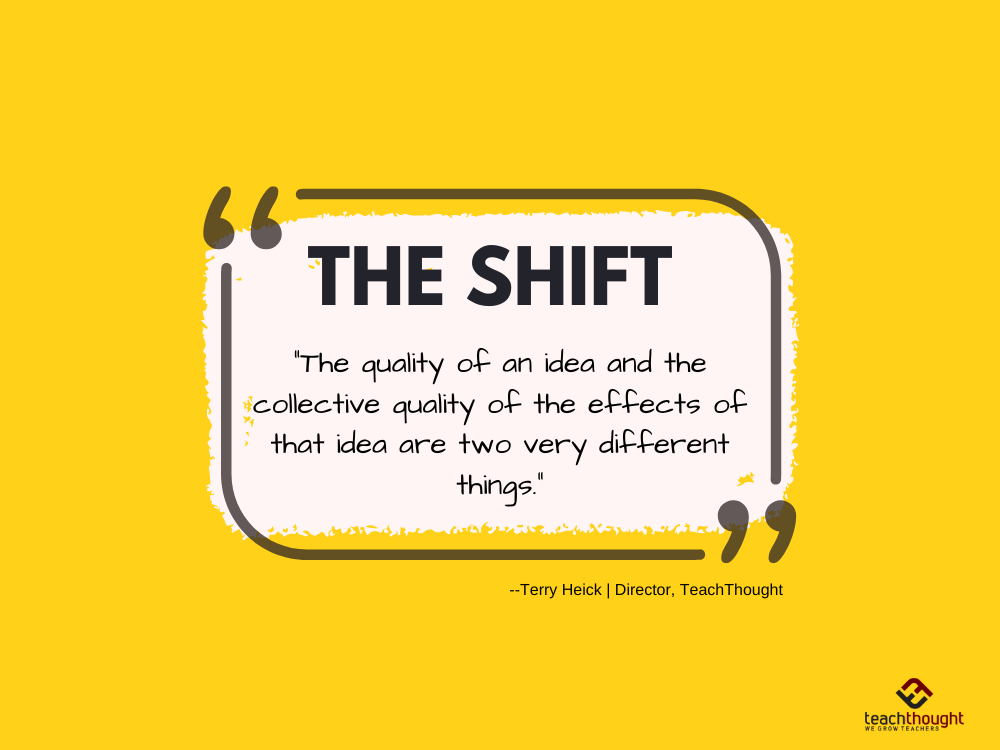
The quality of an idea and the collective quality of the effects of that idea are two very different things.
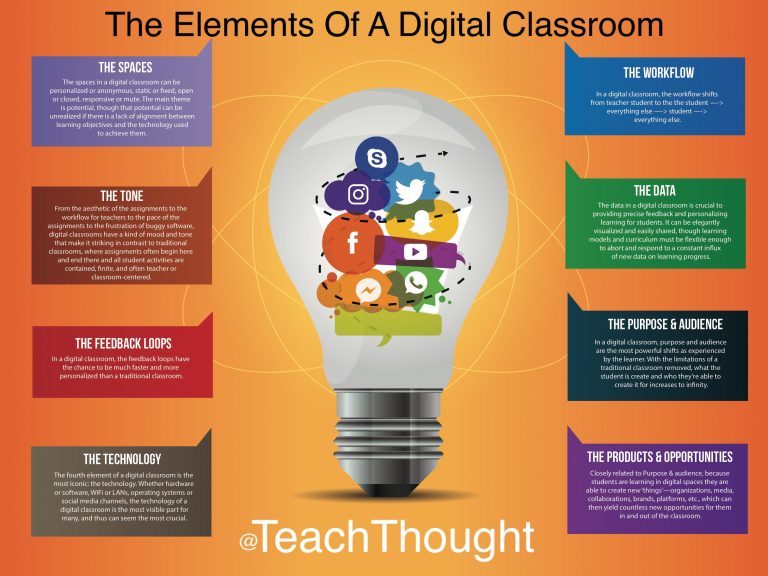
In a digital classroom, teachers can become worried that no ‘real learning’ is happening or that they’ve somehow failed to plan sufficiently.
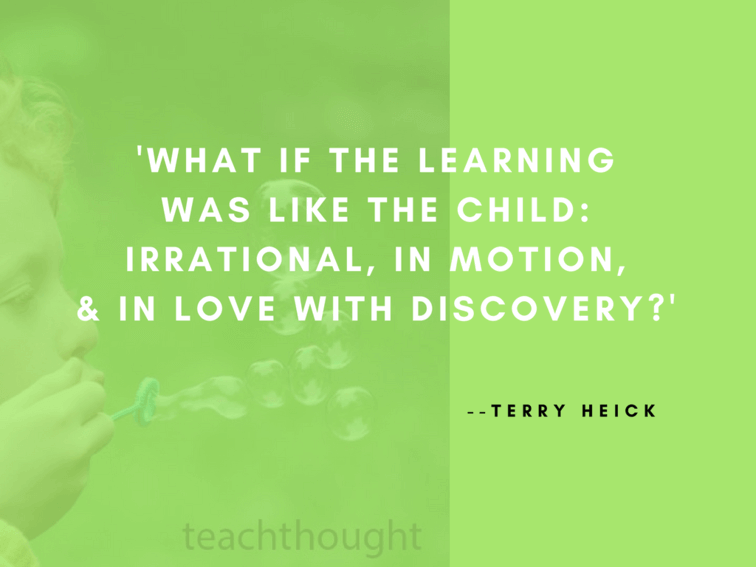
Our task? Overcome a child’s natural tendency to play, rebel, and self-direct in hopes of providing them with an ‘education.’
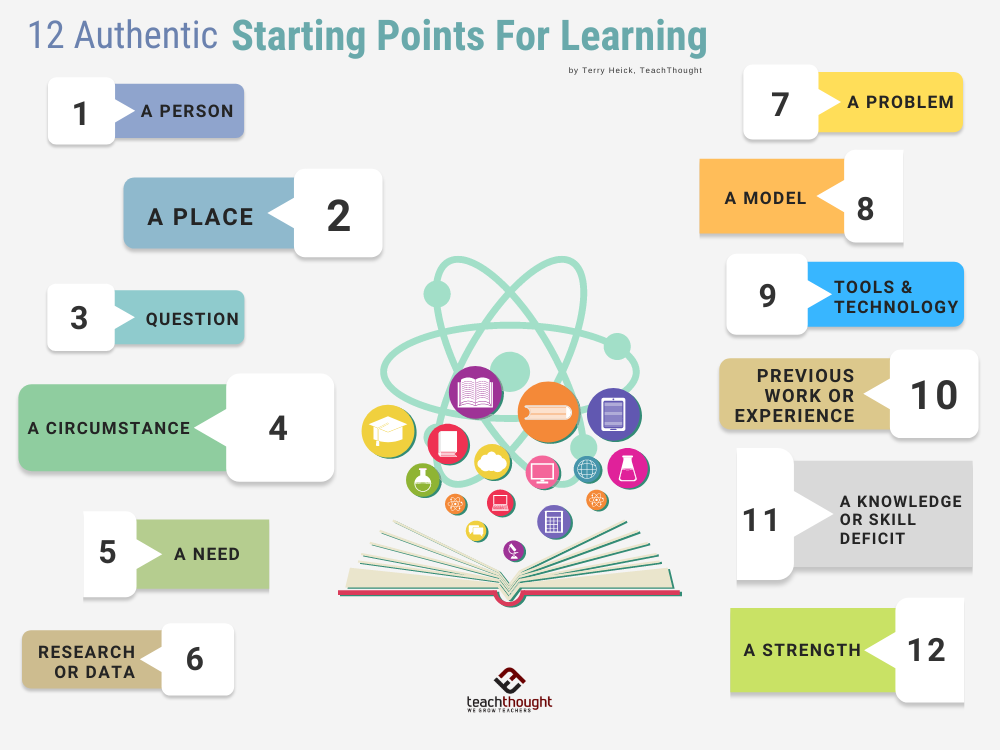
Learning–real, informal, authentic, and lifelong learning–can ‘begin’ with just about anything.
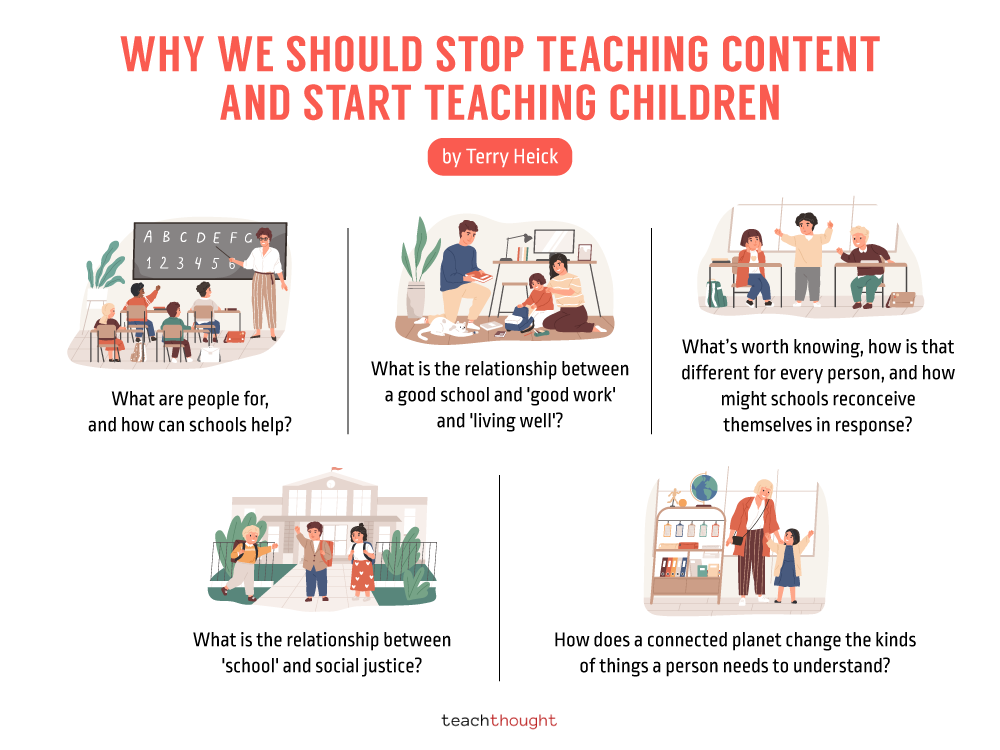
How is education changing? From blended learning to social justice, here are 20 questions to clarify your teaching for 2023.
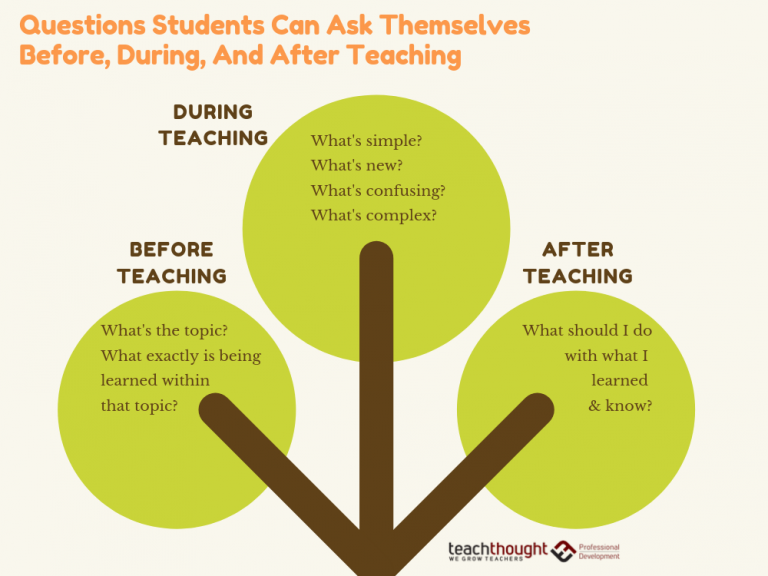
We’re sharing 75 questions students can ask themselves that can guide their thinking and awareness before, during, and after your teaching.